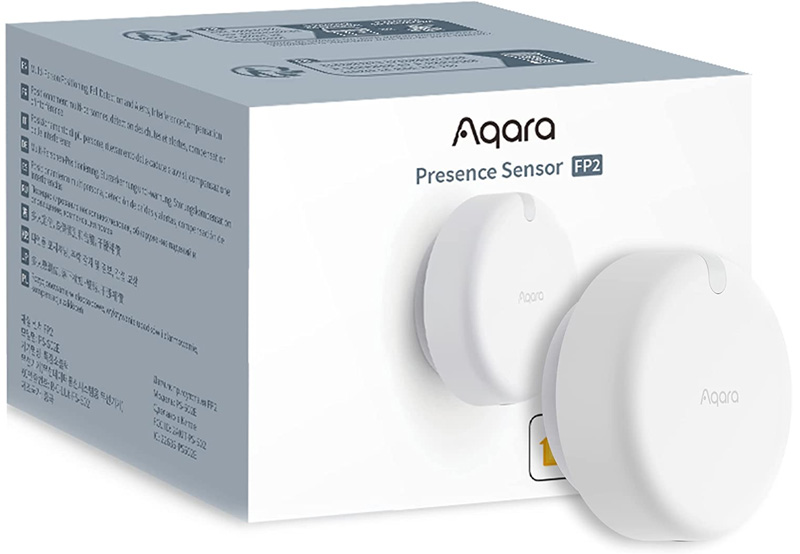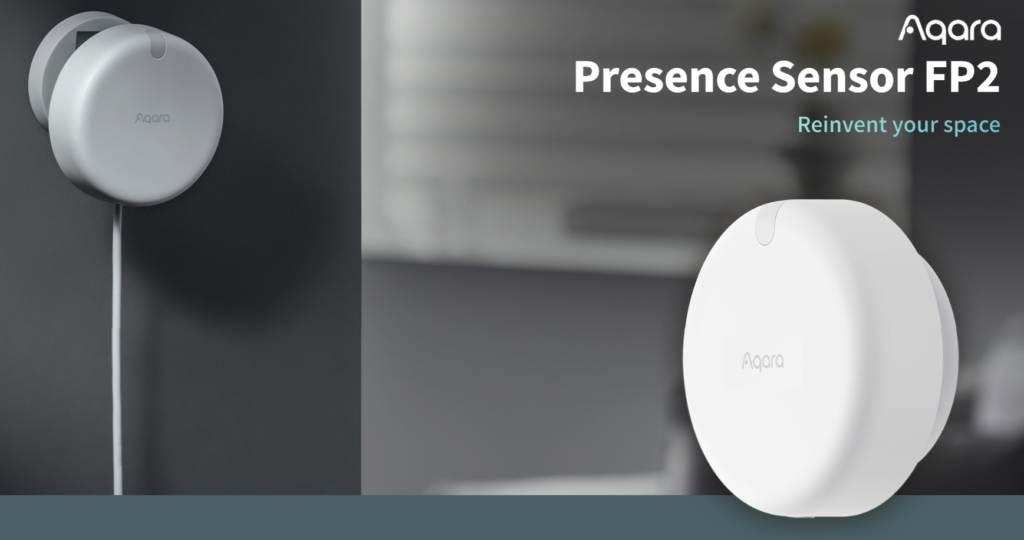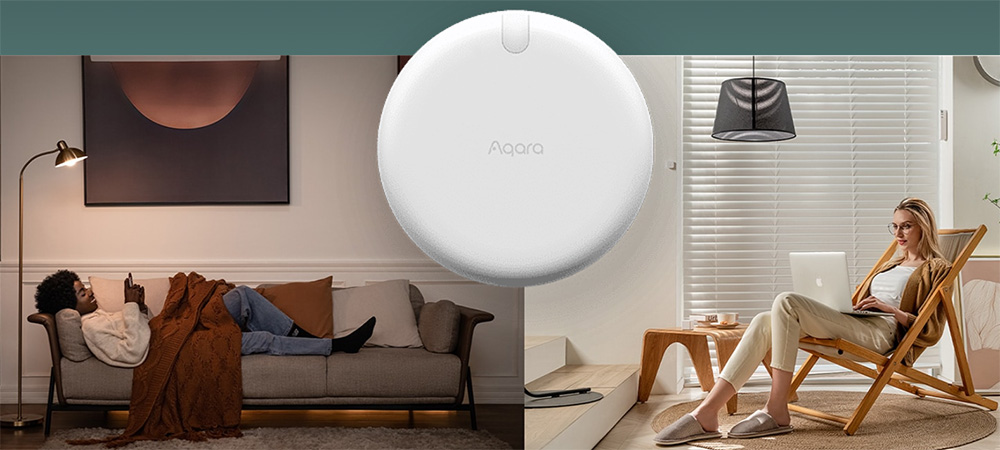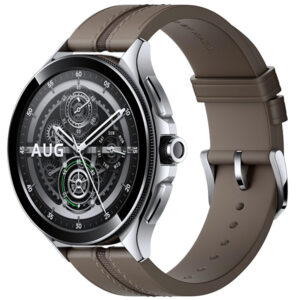
FP2 motion sensor or motionless sensor!? To a large extent, sensors – in all their forms – play an essential role in the smart home. They detect the condition of a door or window, warn us of a gas or water leak, and can detect motion. These are designed to either alert us or trigger another device (and sometimes both). For motion detection, if you’ve ever used a motion sensor, you know that while they can be great in most cases where motion is easily detected, they’re not efficient when it comes to detecting a person’s “presence.” Falling asleep on the couch or quietly reading a book. In cases like this, you are invisible to a standard PIR motion sensor. This situation may not always matter, but if you have a smart scenario where inactivity is designed to turn off the lights, you suddenly find yourself left in the dark because you haven’t moved for a while. Akara’s new product, called the FP2 presence sensor, meets this need. In fact, this sensor replaces the previous FP1 presence sensor of this company. FP2 is an upgraded and improved model compared to the first model. FP2 is compatible with “Apple Home”, as well as Amazon, Google and IFTTT. And it is said that it will support the Matter protocol in its update. Perhaps the built-in Bluetooth chip in this device confirms this, as Matter (and Thread) devices typically use Bluetooth for initial setup. FP2 features include multiplayer detection, built-in light sensor, fall detection, area positioning, interference compensation, and local automations.

FP2 Sensor Features Multi-Person Tracking: The FP2 is designed to detect and track up to five people simultaneously, although three is also said to be the optimal number for its performance. Unlike FP1, which was only able to track a single signal, FP2 can track individuals individually as they move within the detection zone. Built-in light sensor: Light sensors are already found in most Aqara motion sensors, but this is the first light sensor to appear in HomeKit. As with multiplayer detection, the light sensor can be used in a number of ways, including detection in a specific area, but triggering automation when light levels are above a certain number, for example. Fall detection: This feature can be useful, for example, to monitor elderly or disabled people without having to watch them on a smart camera. It should be noted that this feature only works if the FP2 is mounted on the ceiling. This option actually limits the range of detection and you lose the ability to use zones and track multiple people, so it’s really a case of which feature is most important to you. Area positioning: The Aqara app divides the FP2 detection range into a grid of 320 distinct squares. You can select and group these squares to create areas. These areas can in turn be used to trigger automation. Each zone is also known as a separate presence sensor in HomeKit. Interference Compensation: This feature allows you to designate certain areas of the detection range as “interference sources”, so if you have a standing fan in a part of the room that activates the FP2 when it’s on, you can either Create these interactions. Areas where the fan is located, so FP2 can ignore it. Local Automations: Finally, it should be noted that the automations and scenarios that are written to automatically perform some activities based on the FP2 sensor and some Aqara application devices are based on the cloud, not local, although the Aqara company It has acknowledged and says that they are fixing this defect. So by the time you read this, this problem may have been fixed. Of course, the automations in the Home app

 SmartSysCo | Smart home, Smart life
SmartSysCo | Smart home, Smart life





